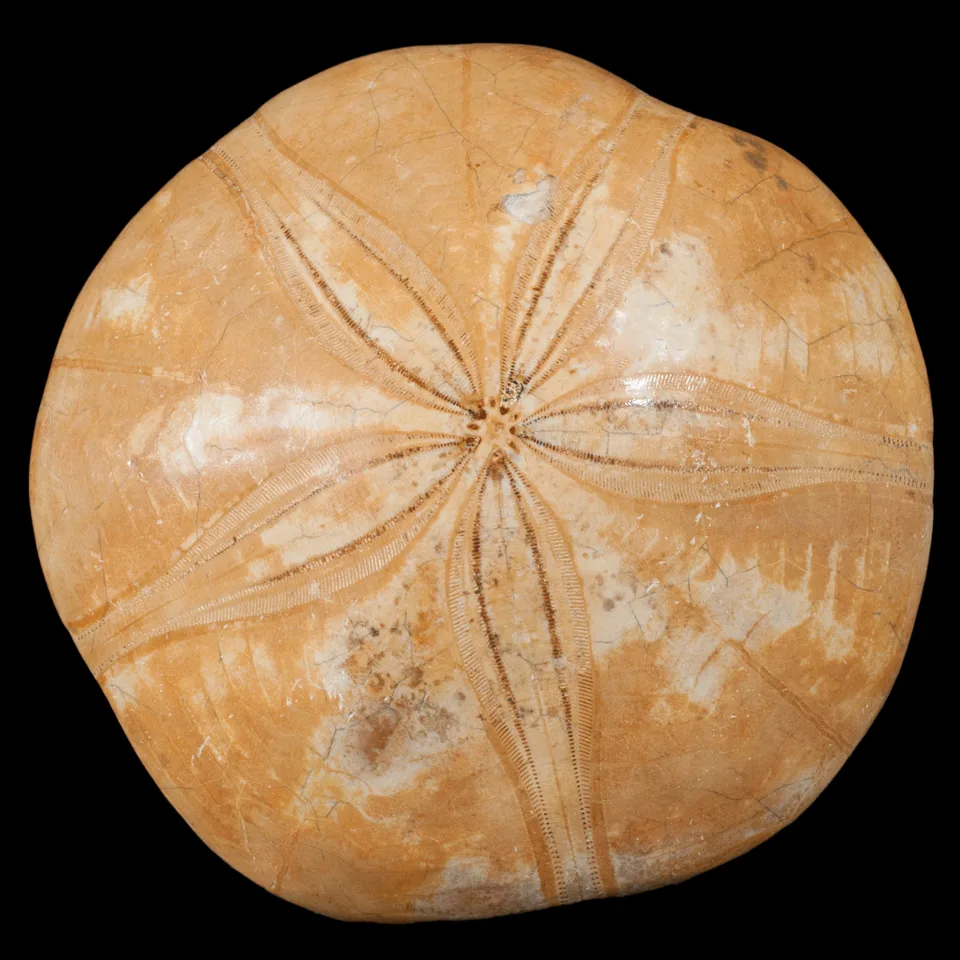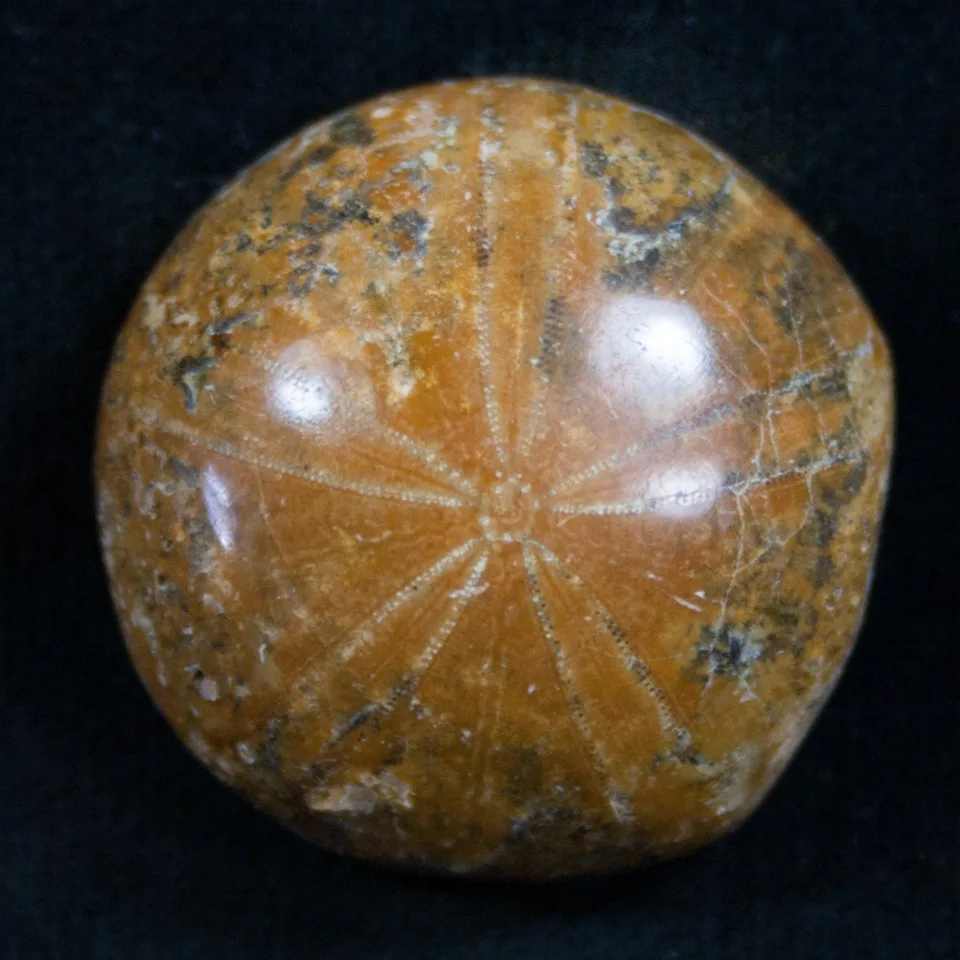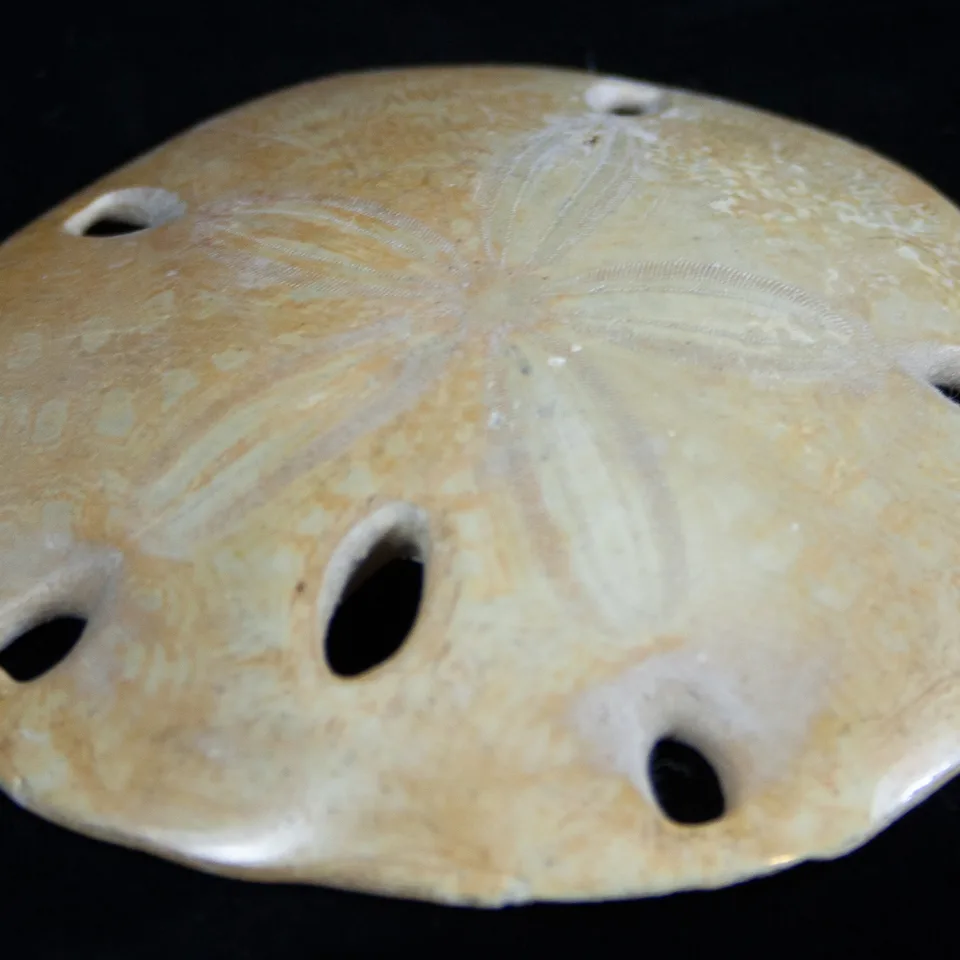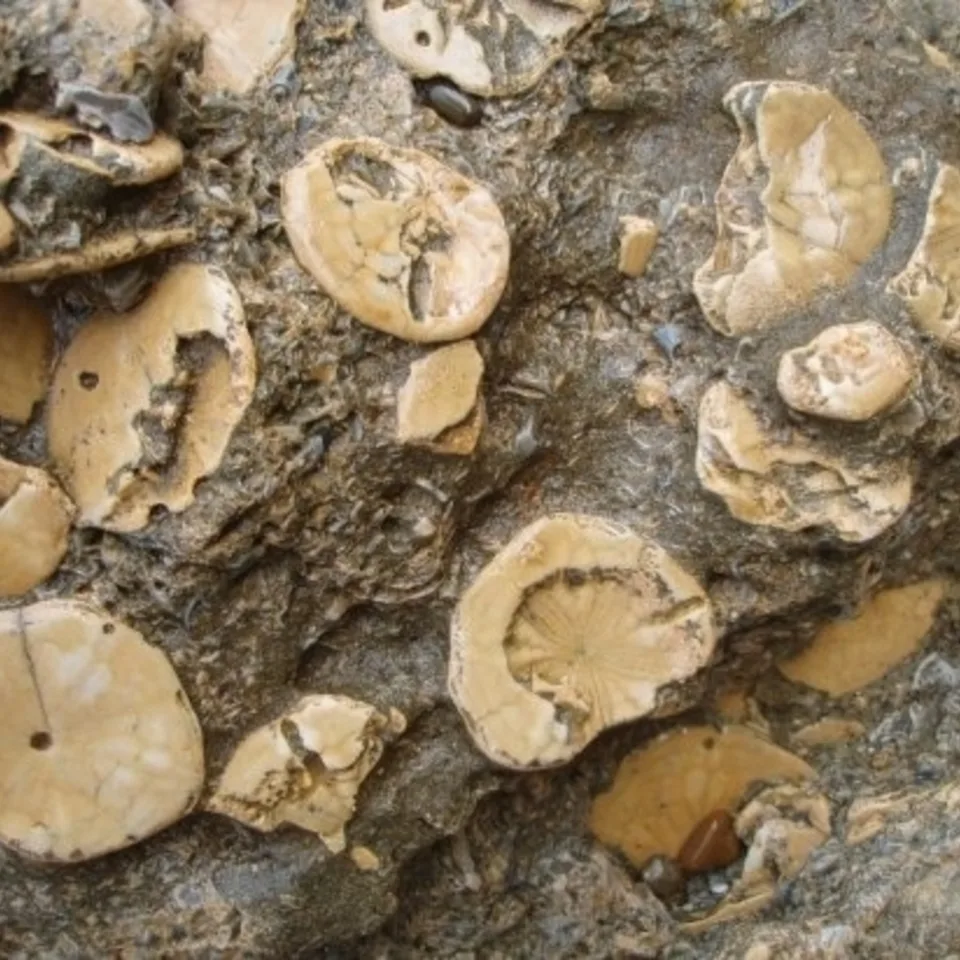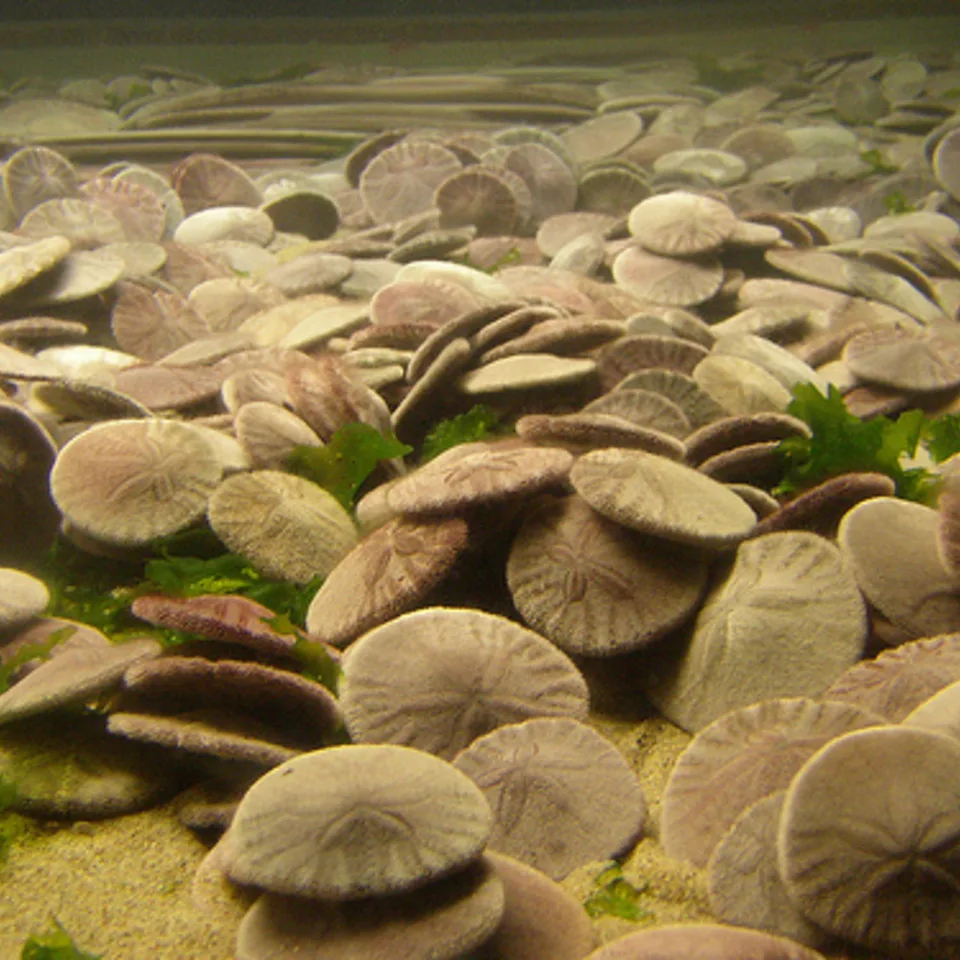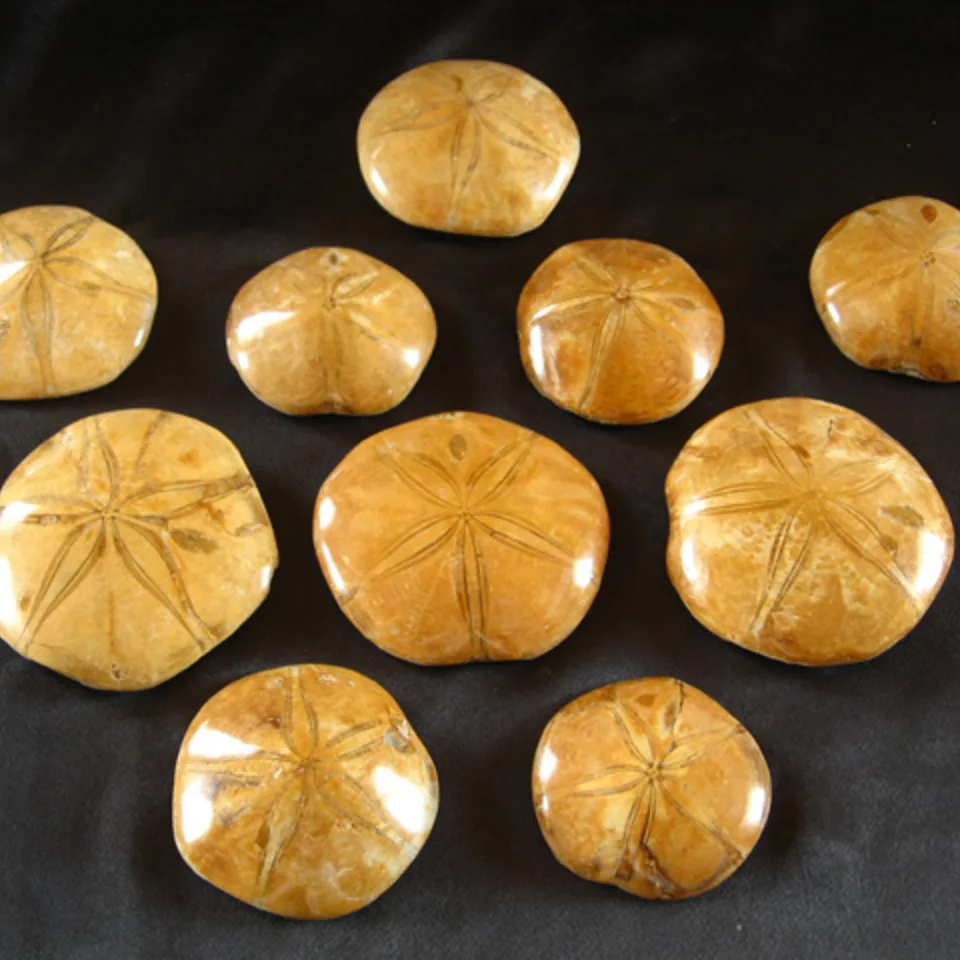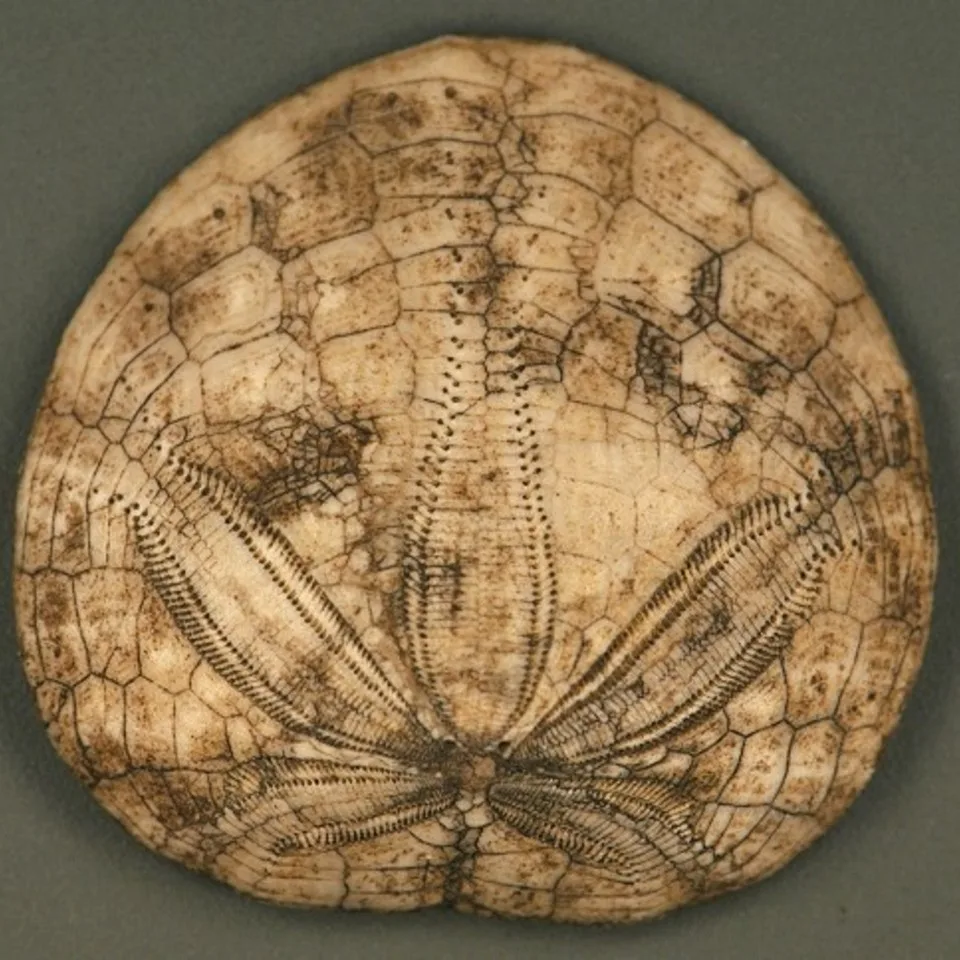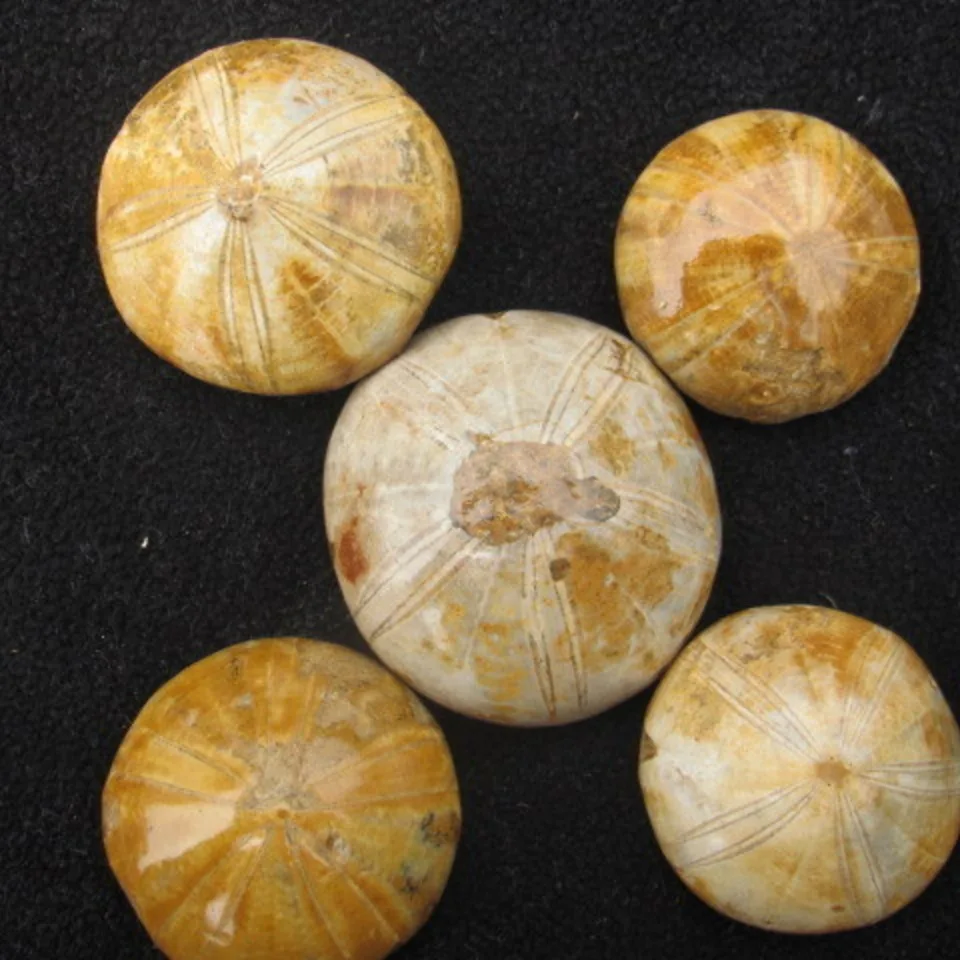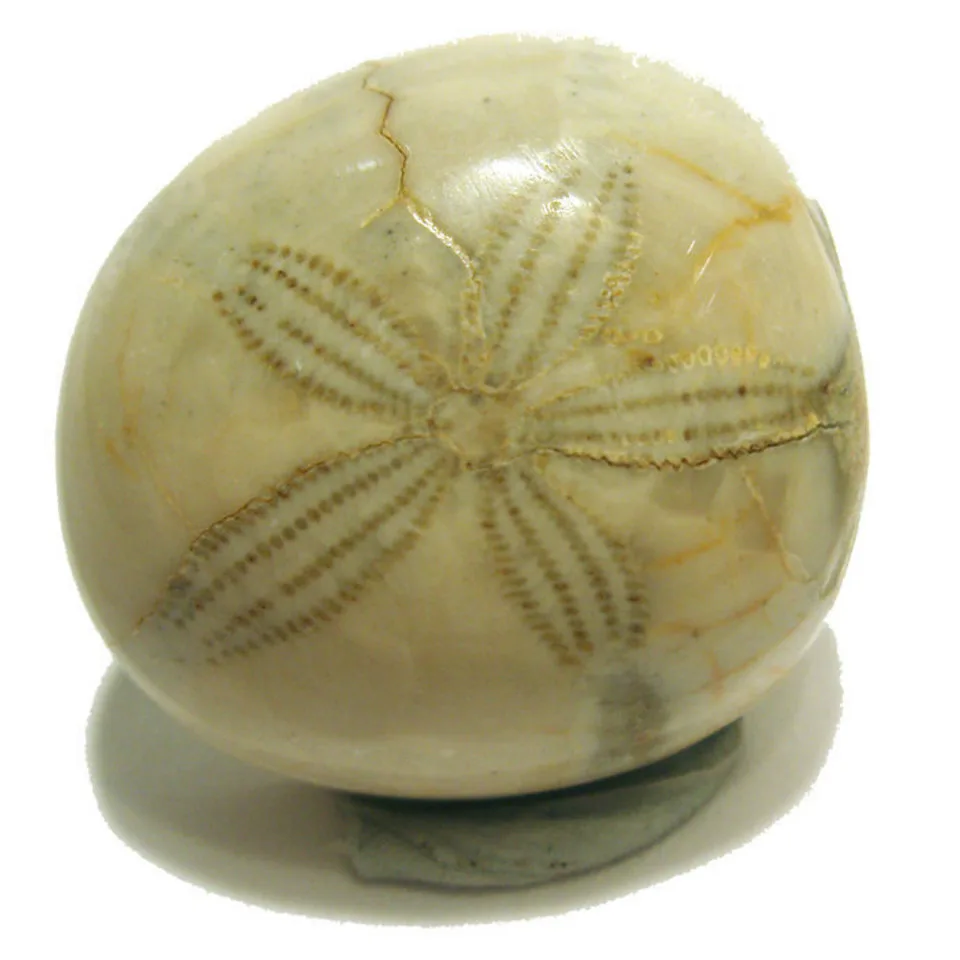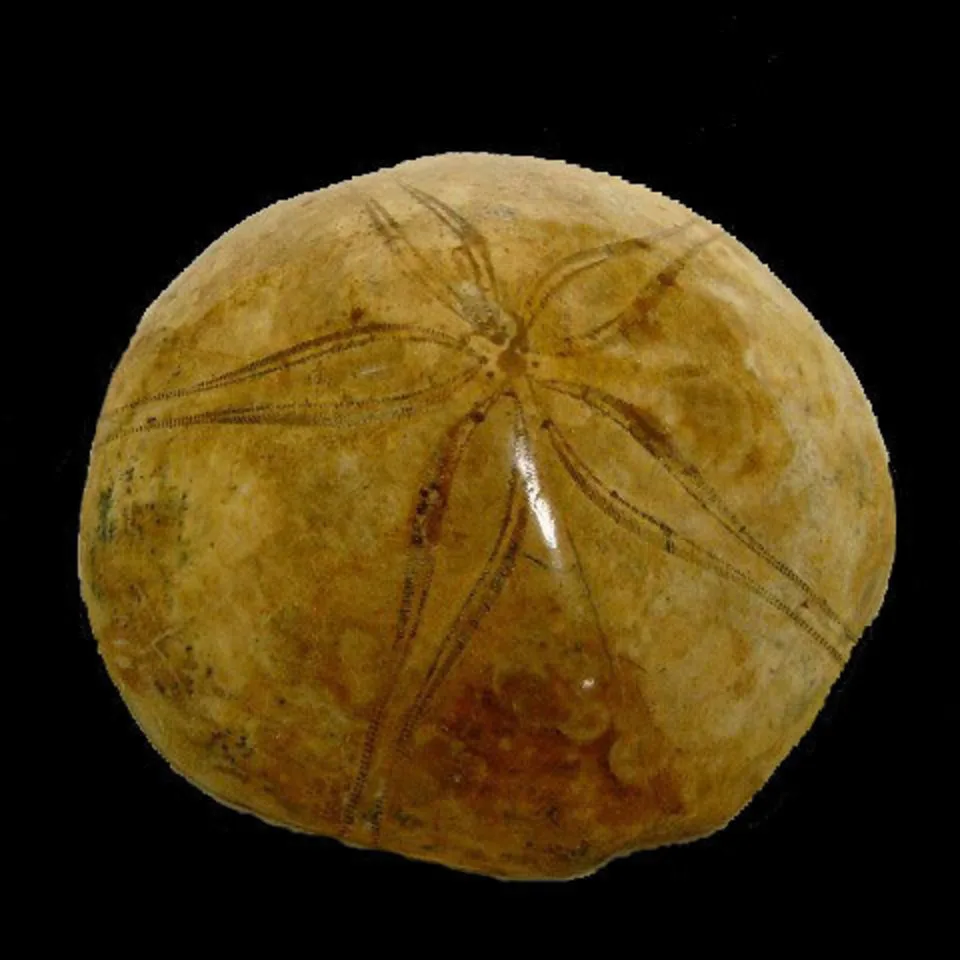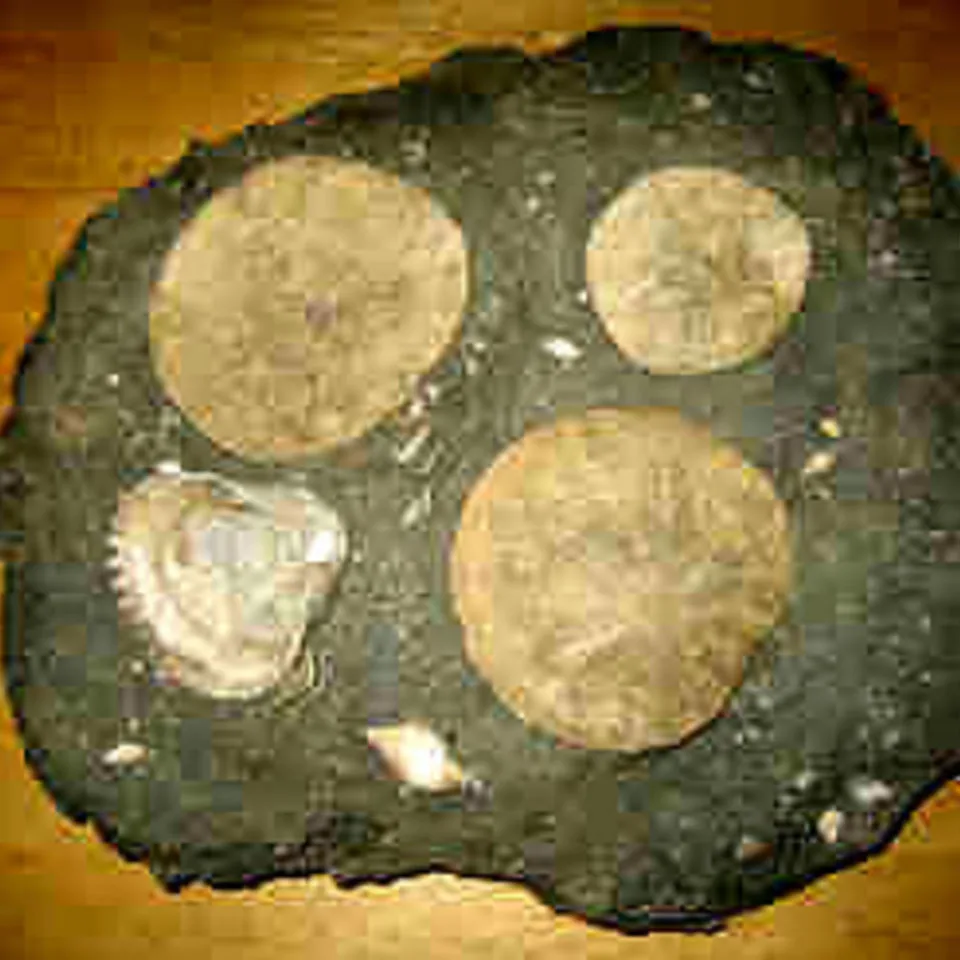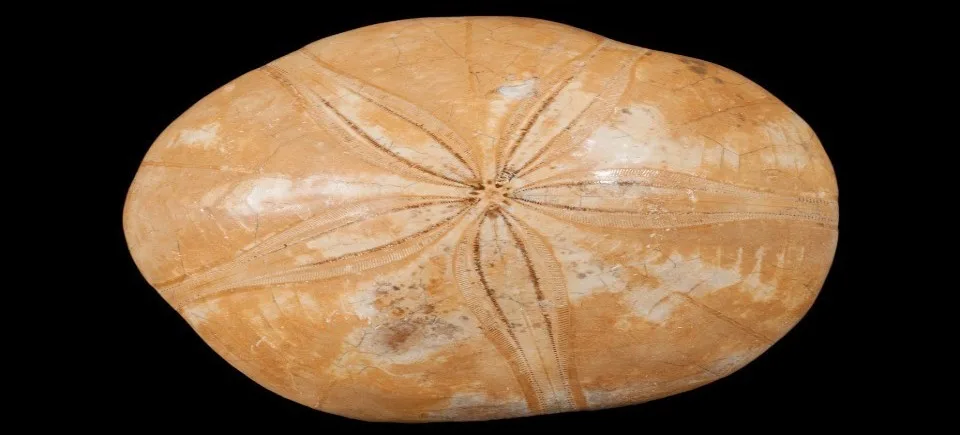Sand Dollars
Echinoderm is the common name given to any member of the Phylum Echinodermata (from Ancient Greek, ἐχῖνος, echinos – “hedgehog” and δέρμα, derma – “skin”) of marine animals. The adults are recognizable by their (usually five-point) radial symmetry, and include such well-known animals as starfish, sea urchins, sand dollars, and sea cucumbers, as well as the sea lilies or “stone lilies”. Echinoderms are found at every ocean depth, from the intertidal zone to the abyssal zone. The phylum contains about 7000 living species, making it the second-largest grouping of deuterostomes (a superphylum), after the chordates (which include the vertebrates, such as birds, fishes, mammals, and reptiles). Echinoderms are also the largest phylum that has no freshwater or terrestrial (land-based) representatives.
Aside from the hard-to-classify Arkarua (a Precambrian animal with echinoderm-like pentamerous radial symmetry), the first definitive members of the phylum appeared near the start of the Cambrian.
Pygurus marmonti from Madagascar. It’s been highly polished to bring out the surface detail and dates back to the Late Jurassic period, approximately 150 million years ago.
The sand dollar Dendraster gibbsi, 43 millimeters across, from the interior of the Kettleman Hills, California. Approximately 50 million years ago.
